Common Pansy Problems: What’s Wrong With My Pansies
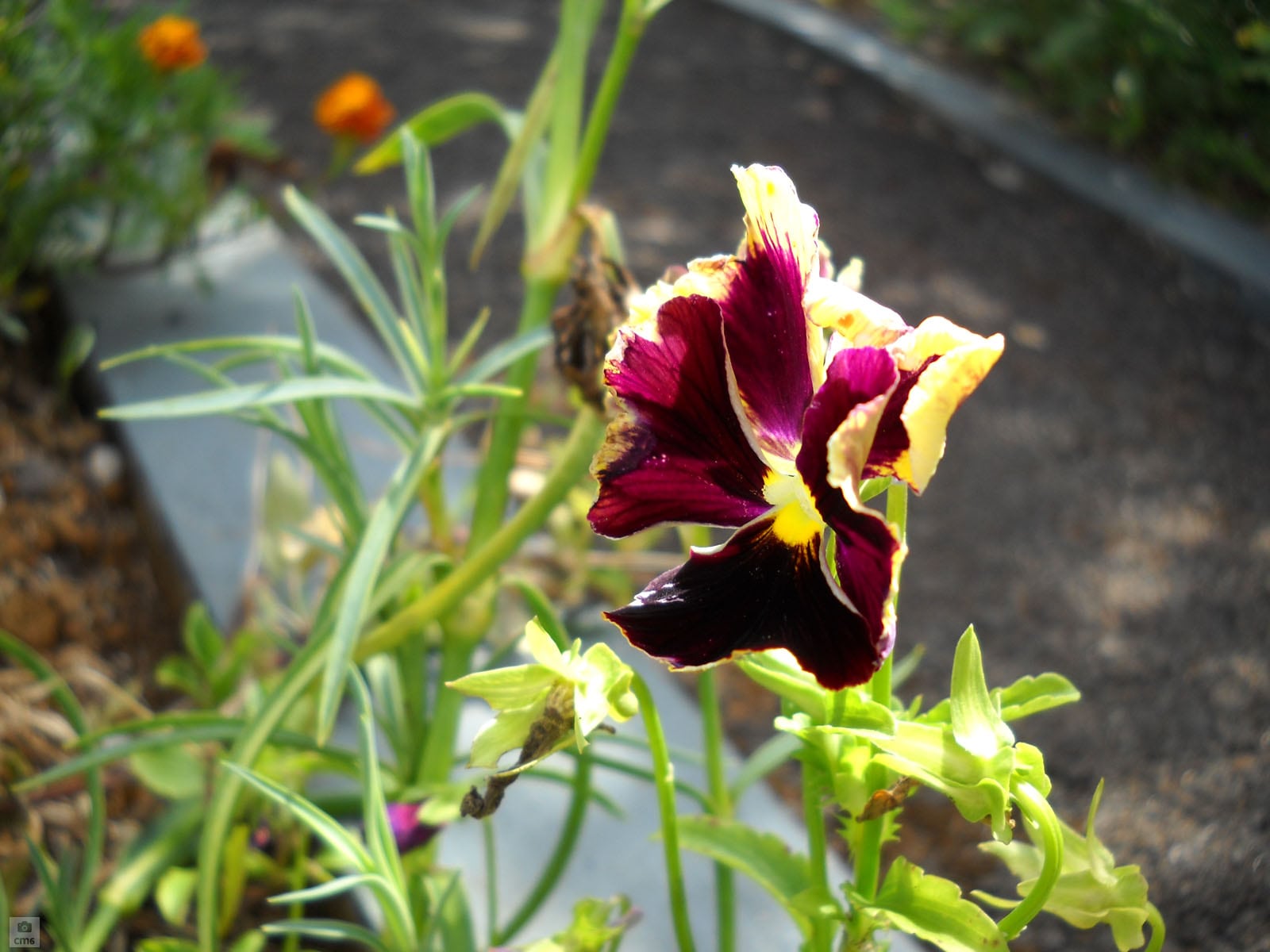

The fluctuating temperatures of springtime can create the perfect environment for the growth and spread of many plant diseases - damp, rainy and cloudy weather and increased humidity. Cool weather plants, such as pansies, can be extremely vulnerable to these diseases. Because pansies thrive in partially shaded areas, they can fall victim to numerous fungal pansy plant issues. If you’ve found yourself wondering what’s wrong with my pansies, continue reading for more information on common problems with pansies.
Common Pansy Problems
Pansies and other members of the viola family, have their fair share of fungal pansy plant issues, including anthracnose, cercospora leaf spot, powdery mildew and botrytis blight. In early spring or fall, pansies are popular cool weather plants because they hold up to the cooler temperatures much better than many other plants. However, as spring and fall tend to be cool, rainy seasons in many regions, pansies are often exposed to fungal spores which spread on wind, water and rain. Anthracnose and cercospora leaf spot are both fungal diseases of pansy plants that thrive and spread in the cool, wet weather of spring or fall. Anthracnose and cercospora leaf spot are similar diseases but differ in their symptoms. While cercospora leaf spot is generally a spring or fall disease, anthracnose can occur anytime in the growing season. Cercospora pansy problems produce dark gray, raised spots with a feathery texture. Anthracnose also produces spots on pansy foliage and stems, but these spots are usually pale white to cream colored with dark brown to black rings around the edges. Both diseases can significantly damage the aesthetic appeal of pansy plants. Fortunately, both these fungal diseases can be controlled by repeated fungicide applications with a fungicide containing mancozeb, daconil, or thiophate-methyl. Fungicide applications should be started in early spring and repeated every two weeks. Powdery mildew is also a common problem with pansies in cool, wet seasons. Powdery mildew is easily recognizable by the fuzzy white blotches it produces on plant tissues. This does not actually kill pansy plants, but it does make them unsightly and can leave them weakened to attacks from pests or other diseases. Botrytis blight is another common pansy plant issue. This is also a fungal disease. Its symptoms include brown to black spots or blotches on pansy foliage. Both of these fungal diseases can be treated with the same fungicides used to treat anthracnose or cercospora leaf spot. Good sanitation and watering practices can go a long way in preventing fungal diseases. Plants should always be gently watered directly at their root zone. The splash back of rain or overhead watering tends to quickly and easily spread fungal spores. Garden debris should regularly be removed from flowerbeds also, as it can harbor harmful pathogens or pests.
Gardening tips, videos, info and more delivered right to your inbox!
Sign up for the Gardening Know How newsletter today and receive a free copy of our e-book "How to Grow Delicious Tomatoes".
-
 Get Ready For A Summer Of Hummers! Grow These Full Sun Hummingbird Plants and Flowers
Get Ready For A Summer Of Hummers! Grow These Full Sun Hummingbird Plants and FlowersIf you’re lucky enough to enjoy a sunny backyard, make sure you are maxing out on your pollinator opportunities and grow these full sun hummingbird plants and flowers
By Tonya Barnett
-
 12 Lush Alternatives To A Lawn For Sustainable Spaces
12 Lush Alternatives To A Lawn For Sustainable SpacesAlternatives to a lawn are beautiful and also beneficial to your local ecosystem and its pollinators. Explore our top picks for plants to replace grass.
By Tonya Barnett
-
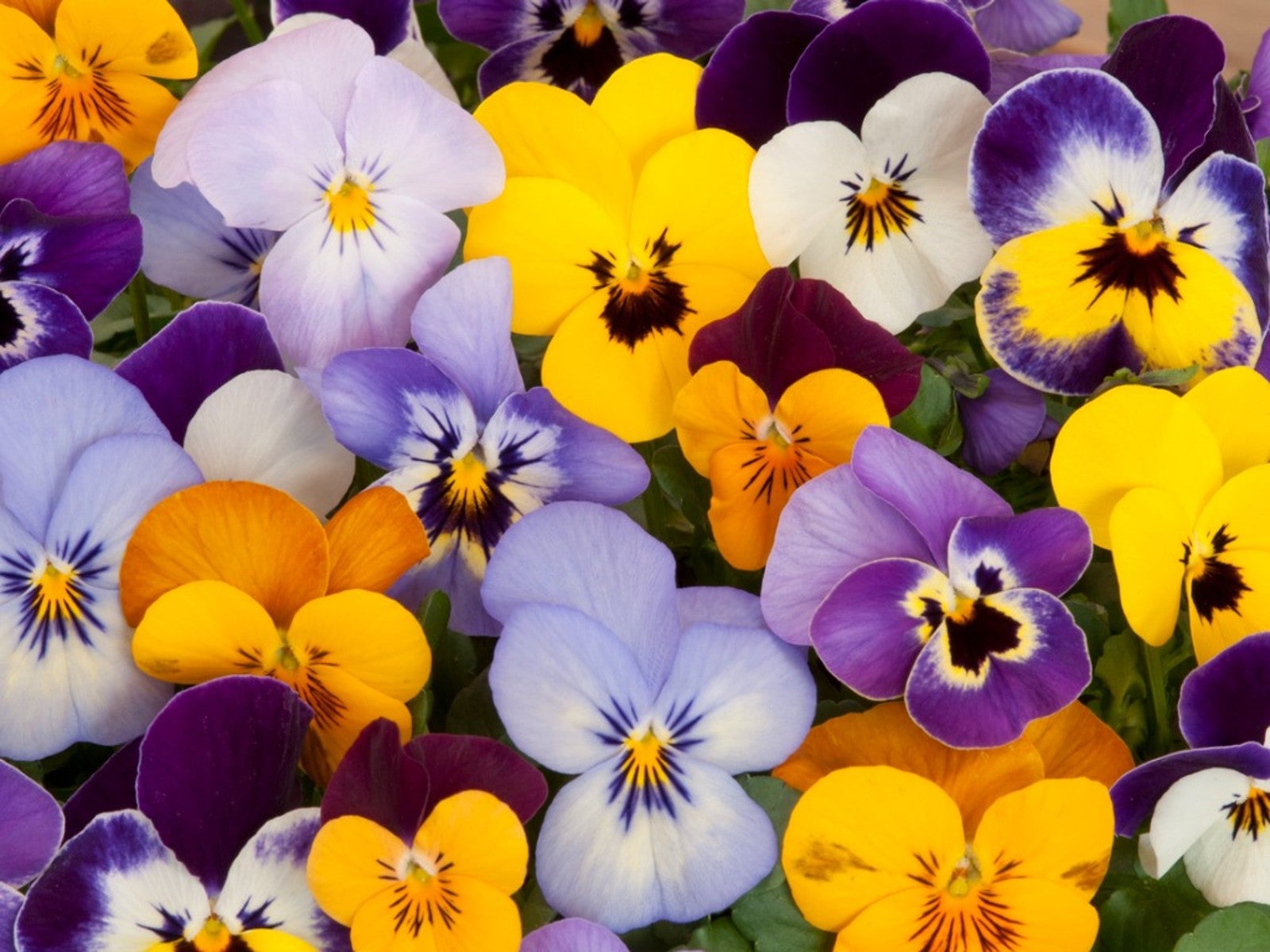 10 Best Pansy Varieties - Growing Beautiful Pansies
10 Best Pansy Varieties - Growing Beautiful PansiesWhile traditional pansies are always a favorite, there are many newer hybrids. Read on for our top 10 pansy varieties.
By Tonya Barnett
-
 Pansy Seed Sowing: Learn How To Plant Pansy Seeds
Pansy Seed Sowing: Learn How To Plant Pansy SeedsGardeners looking to save money often consider starting their own pansy transplants from seed. Though somewhat time consuming, the process is relatively easy, even for inexperienced growers. Learn about the care of seed grown pansies in this article.
By Tonya Barnett
-
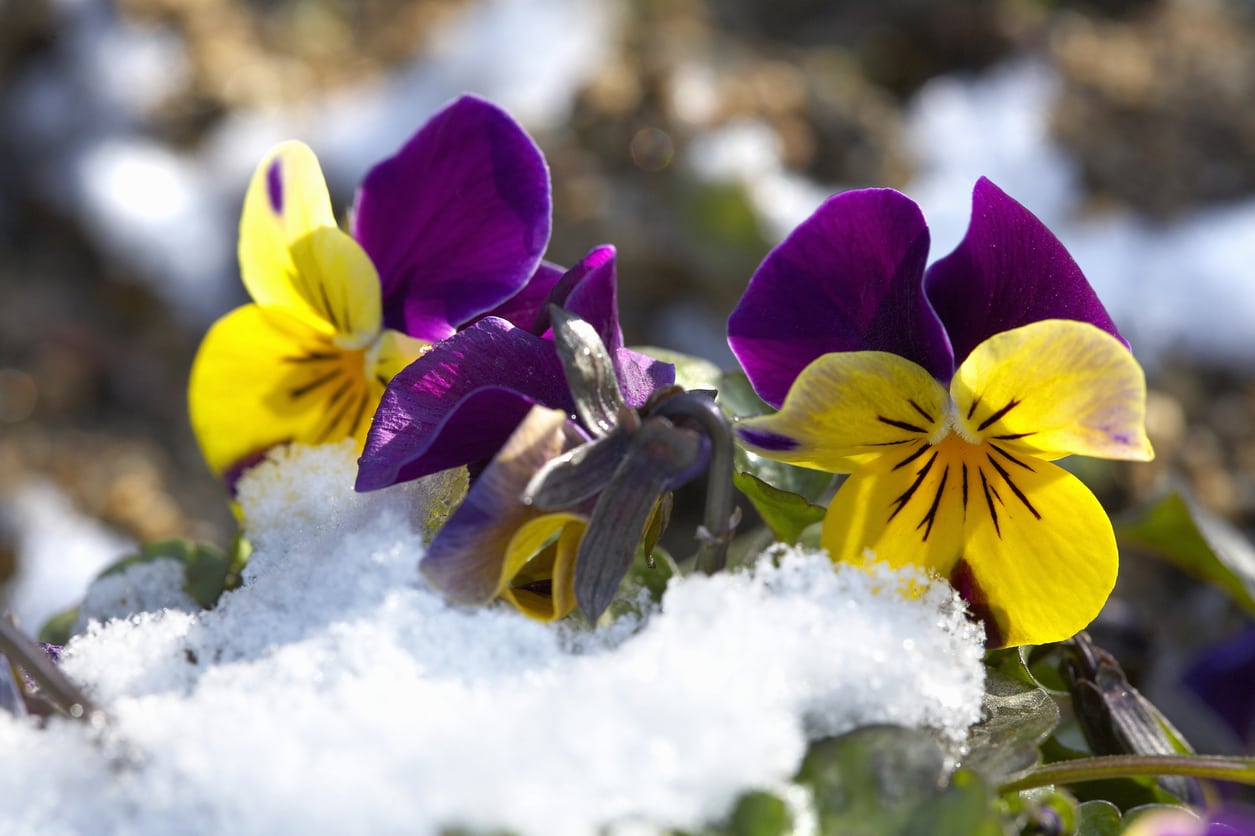 Pansy Winter Care: Tips For Growing Pansies In Winter
Pansy Winter Care: Tips For Growing Pansies In WinterDepending on your climate, pansies can grow beautifully in winter. They are hardy and a bright spot in cold months.
By Mary Ellen Ellis
-
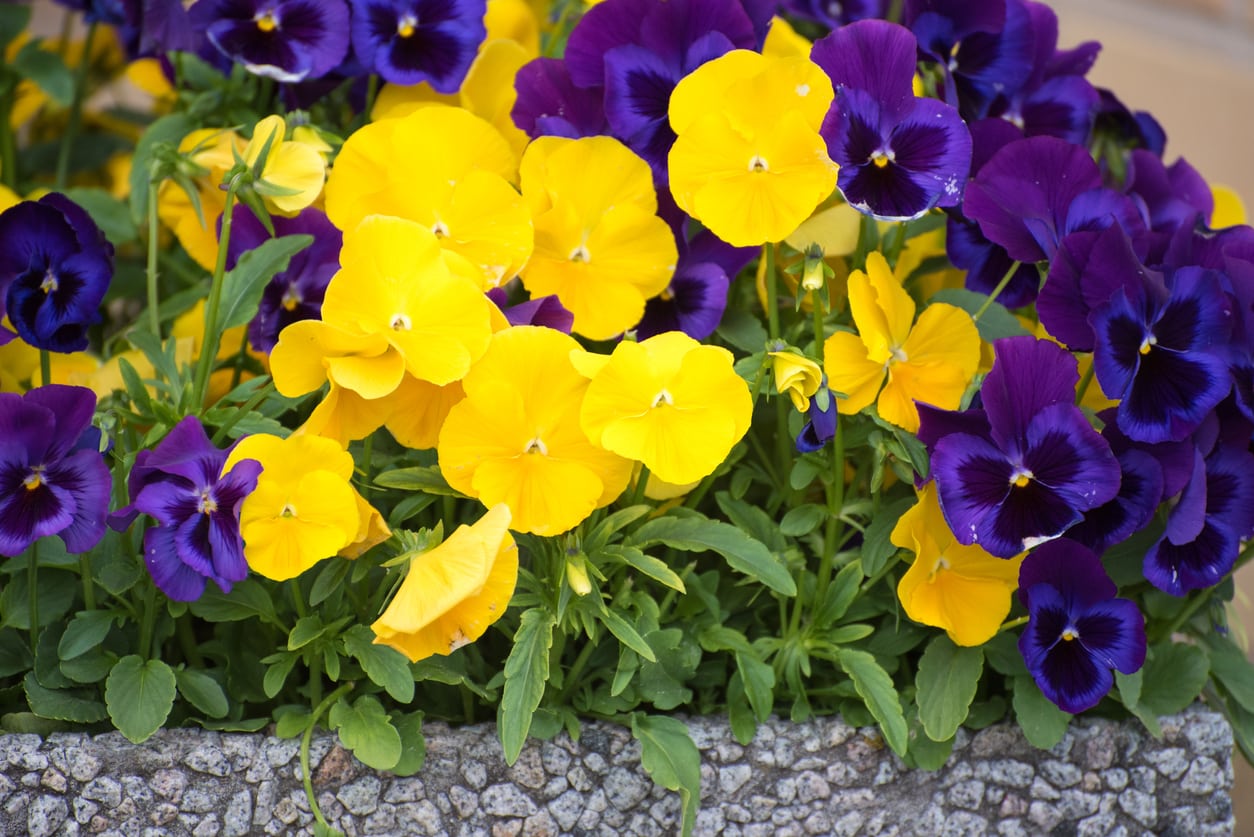 Pansy Bloom Time: When Is Pansy Flowering Season
Pansy Bloom Time: When Is Pansy Flowering SeasonPansies still liven up the flower garden all summer long, but that's not all. These days, with new types of pansies being developed, pansy bloom time can last the whole year through. If you want more information about the pansy flowering season, click this article.
By Teo Spengler
-
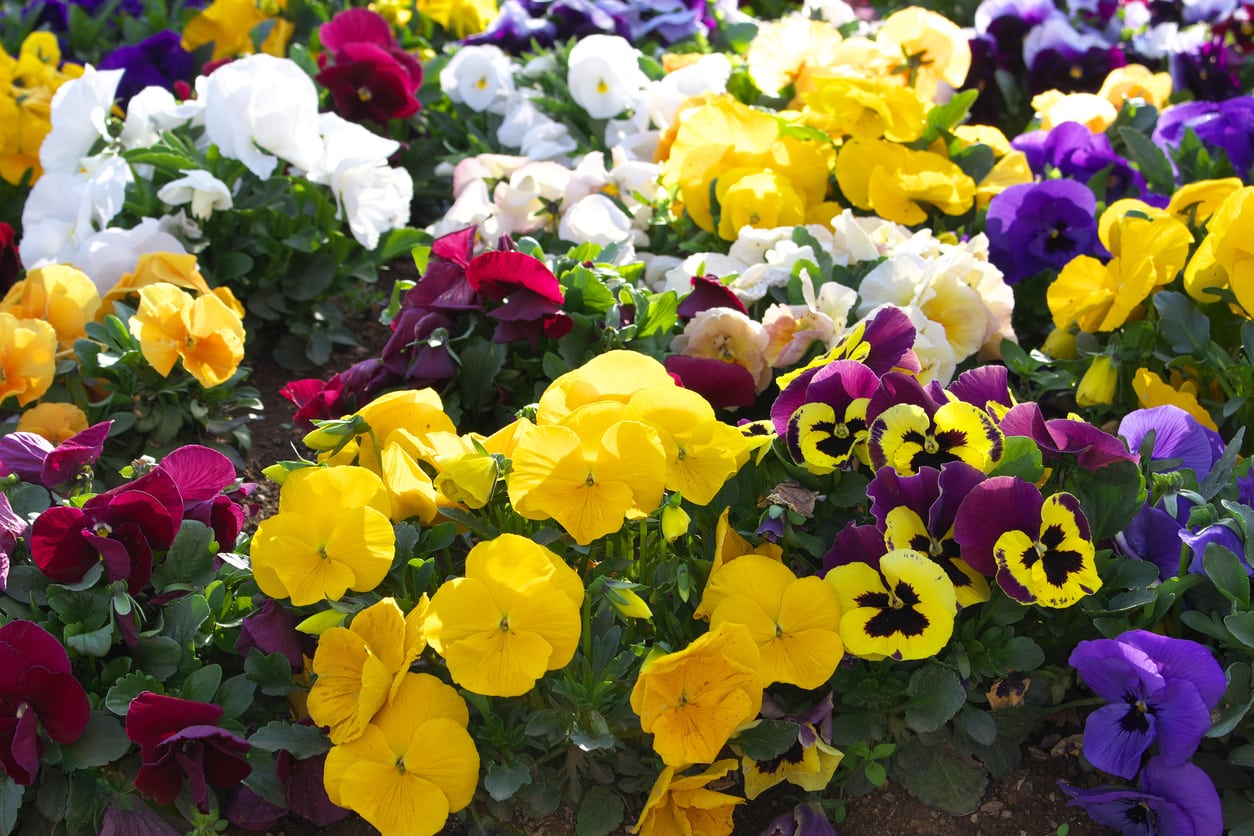 Pansy Plant Types: Selecting Different Kinds Of Pansy Flowers
Pansy Plant Types: Selecting Different Kinds Of Pansy FlowersPansies have been around for centuries, but so many new and fabulous pansy varieties have been developed that they have taken on a whole new aspect in the flower garden. If you want more info on remarkable kinds of pansy flowers, then this article will help.
By Teo Spengler
-
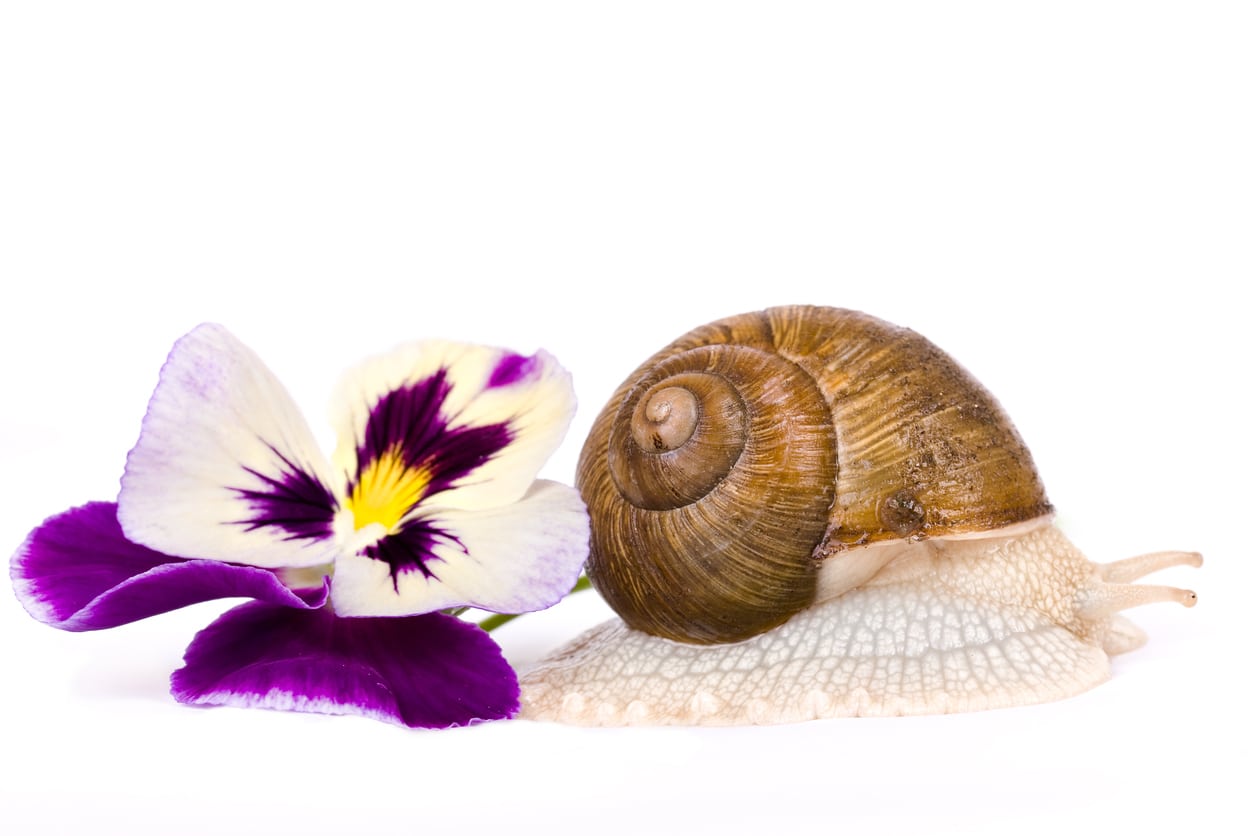 Pansy Pest Problems – Controlling Bugs That Eat Pansies
Pansy Pest Problems – Controlling Bugs That Eat PansiesPansies are very useful flowers. But while these plants are very popular with gardeners, they're just as popular with insects and other pests. Click the following article to learn more about the most common pansy plant pests and how to combat bugs that eat pansies.
By Liz Baessler
-
 No Flowers On Pansy Plants: Help, My Pansies Aren’t Blooming
No Flowers On Pansy Plants: Help, My Pansies Aren’t BloomingEasy to grow, pansies are a terrific option for the novice gardener. Even so, gardeners may find that their pansies aren?t blooming. What causes no flowers on pansy plants? Click here to find out about pansies that won?t bloom and what to do when pansies are not flowering.
By Amy Grant
-
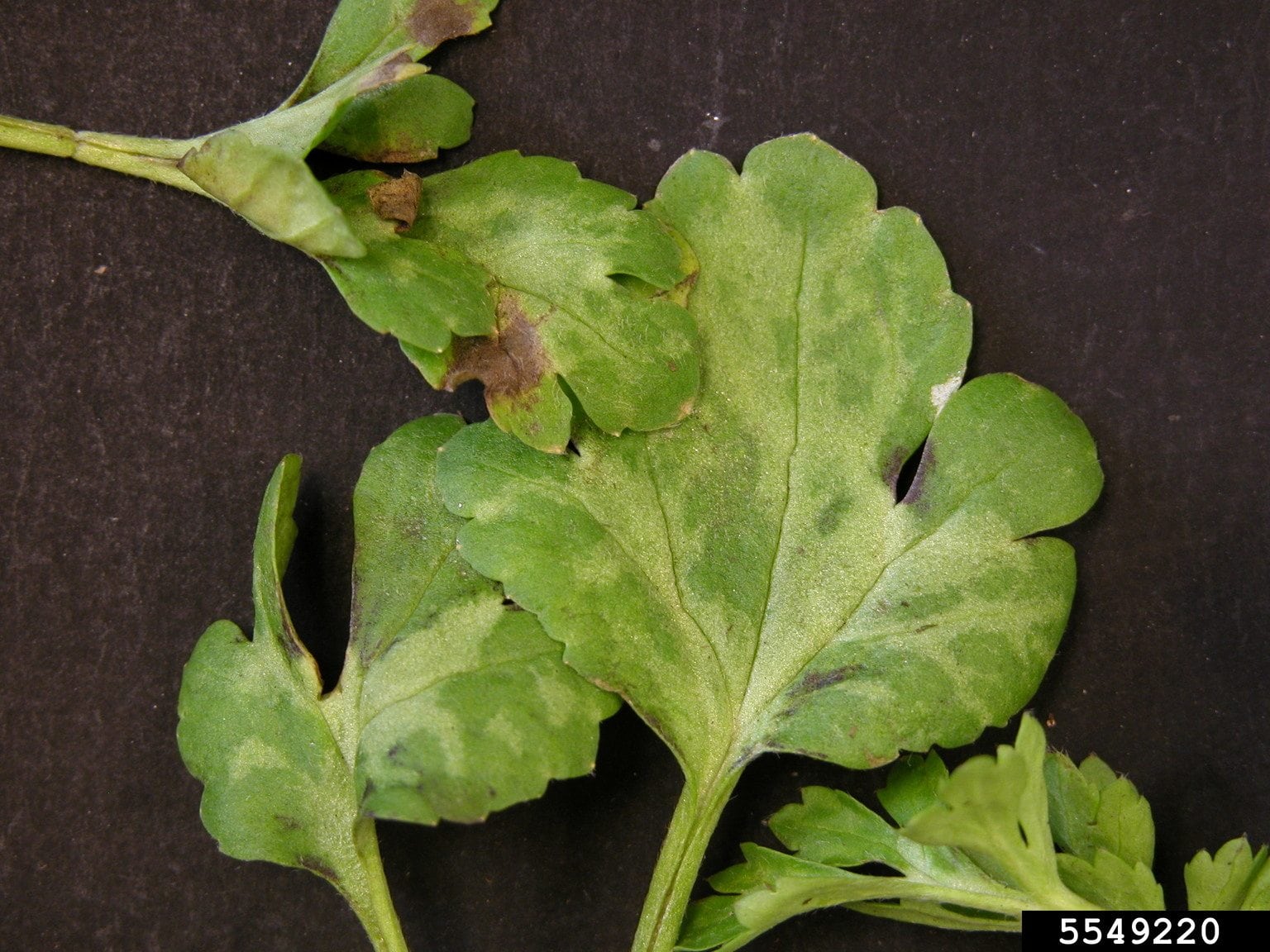 Pansy Leaves Changing Color – Fixes For Pansies With Yellow Leaves
Pansy Leaves Changing Color – Fixes For Pansies With Yellow LeavesVarious diseases may be responsible when pansy leaves are yellowing, but pests or improper fertilization can also cause discolored pansy leaves. Click this article to learn about a few of the most common culprits.
By Mary H. Dyer